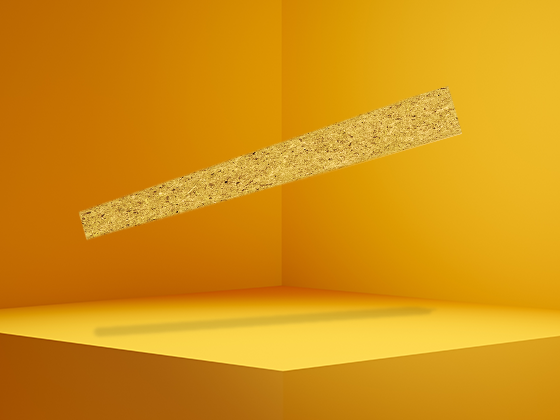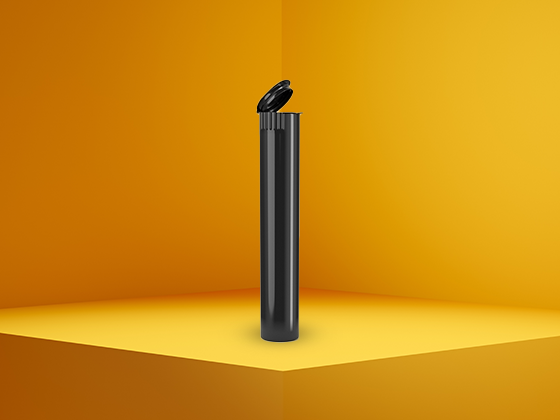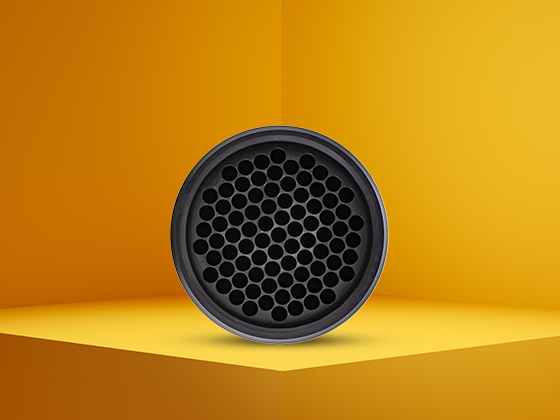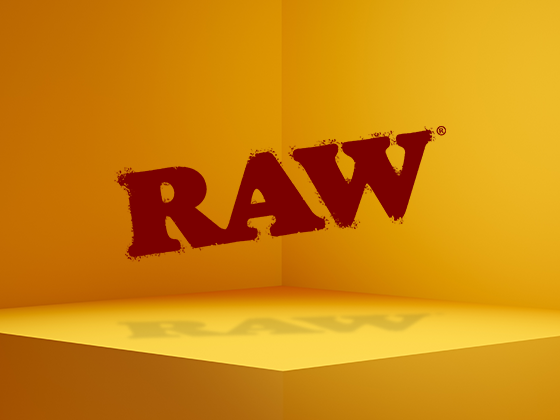Table of Contents
Mastering the Art of Using a RAW Rolling Machine
RAW rolling machines have revolutionized the rolling process, making it accessible for everyone regardless of skill level. These ingenious devices create perfectly cylindrical rolls every time, eliminating the frustration that often comes with hand-rolling. Whether you're new to rolling or looking to perfect your technique with a RAWthentic rolling machine, this comprehensive guide will walk you through everything you need to know.
Understanding RAW Rolling Machines
RAW rolling machines come in various sizes to accommodate different preferences. The most common sizes are 79mm (1 ¼ inch), 110mm (king size), and 70mm (single wide). Each machine operates on the same basic principle: two rolling aprons connected to rollers that, when manipulated correctly, create a perfect cylinder for your materials.
According to our comprehensive guide on RAW rolling machine sizes, the 110mm king size roller is particularly popular due to its versatility and capacity. The material quality of RAWthentic rolling machines also sets them apart, with durable plastic construction that maintains its shape and functionality over time.
Essential Supplies for Your Rolling Session
Before starting with your RAW rolling machine, gather these essential items:
- Your RAW rolling machine
- RAW rolling papers (matched to your machine size)
- Ground herb material
- Filter tips (optional but recommended)
- A clean, flat surface for working
- A grinder for consistent material preparation
Having everything prepared before you start will make the rolling process much smoother. For those looking to expand their setup, our selection of pre-roll packaging options can help keep your finished rolls protected and organized for later use.
Choosing the Right Papers
RAW papers complement their rolling machines perfectly. The unbleached, natural fibers provide a clean experience while maintaining the structural integrity needed for machine rolling. For beginners, standard thickness papers are recommended, while more experienced users might prefer the thinner RAW Classics or RAW Black series.
Step-by-Step Guide to Using a RAW Rolling Machine
Follow these steps to achieve a perfect roll with your RAW rolling machine:
1. Prepare Your Machine
Open your rolling machine fully, revealing the two rolling aprons inside. Make sure they're flat and properly seated in the mechanism. If using a filter tip, place it at one end of the roller now.
2. Add Your Material
Distribute your ground material evenly along the center of the apron. Avoid overloading, as this is the most common mistake beginners make. A moderate amount spread evenly will roll much better than a densely packed machine.
3. Shape the Material
Gently close the roller (not completely) and use your thumbs to shape the material into a cylinder by rolling the aprons forward and backward a few times. This pre-forms your material before inserting the paper.
4. Insert the Rolling Paper
With the machine still partially closed and your material shaped, insert your RAW rolling paper with the gummed edge facing up and toward you, extending slightly above the roller.
5. Complete the Roll
Roll the machine forward (away from you) with your thumbs while keeping even pressure across the entire width. This will catch the paper and wrap it around your material. Continue rolling until only the gummed edge is visible.
6. Seal the Paper
Lick the gummed edge of the paper and complete one final forward roll to seal it. The machine should now contain your completed roll.
7. Remove Your Finished Roll
Open the machine carefully and remove your perfectly rolled creation. If necessary, gently twist the open end to secure any loose material.
Troubleshooting Common Issues
Even with a rolling machine, you might encounter some challenges. Here are solutions to common problems:
Paper Crumpling
If your paper crumples during rolling, you're likely applying uneven pressure. Focus on using both thumbs evenly across the entire width of the roller. Also check that your paper is properly aligned before rolling.
Loose Rolls
If your finished product feels too loose, you likely didn't shape the material enough before inserting the paper. Spend more time on step 3, ensuring your material forms a solid cylinder before adding the paper.
Too Tight to Draw
Conversely, if your roll is too tight, you may have used too much material or applied excessive pressure. Use a lighter touch and slightly less material next time.
For more detailed troubleshooting, our step-by-step RAW roller guide covers additional techniques and solutions.
Advanced Techniques for the Perfect Roll
Once you've mastered the basics, try these advanced techniques:
The Cone Roll
To create a cone shape, distribute your material with more concentration toward one end of the roller. This creates a tapered effect that some users prefer.
Double Paper Technique
For larger sessions, try the double paper technique by carefully joining two papers together at their gummed edges. This works best with the 110mm roller for extra capacity.
Filter Tip Mastery
Experiment with different filter tip styles and sizes. The RAW rolling machine accommodates various filter options, from basic tips to pre-rolled filter tips with different draw resistances.
As noted in our guide to RAW automatic joint rollers, mastering these advanced techniques can significantly enhance your rolling experience and final product quality.
Enhancing Your Rolling Experience: Beyond the Basics
The RAW rolling machine is just one component in a broader rolling ecosystem. To truly master the art of rolling with RAW products, consider these additional elements:
Investing in quality storage solutions preserves freshness and protects your finished rolls. Many enthusiasts find that proper storage enhances the overall experience significantly. Additionally, exploring different paper varieties within the RAW family can help you find your perfect match based on thickness preference and burning characteristics.
Remember that practice makes perfect. Even with a rolling machine, developing muscle memory through repetition will lead to faster, more consistent results over time. Each session is an opportunity to refine your technique and discover personal preferences that work best for your specific needs.
With these comprehensive instructions and tips, you're well-equipped to master your RAW rolling machine and enjoy perfectly rolled creations every time. The combination of quality tools, proper technique, and a bit of practice will elevate your rolling experience to new heights.










